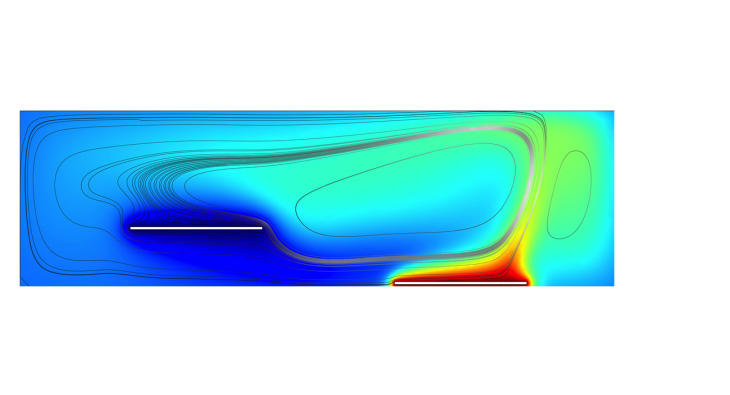Sustainable development policies are indeed a major factor in formal upheaval in contemporary architecture. Nevertheless, these sustainable inputs do not affect the appearance or the physical structure of the building. Otherwise, the excessive energy consumption in building sector leads into climatic and environmental disasters; this premise involves both technical and political challenge in order to reduce consumption in building section.
Philippe Rahm unfolds a paradox in the conception of sustainability; he signalized that for reaching a sustainable building, it has to be completely seal from the exterior. By sealing the building it is possible to avoid any heat transfer and to regulate all the exchanges with the environment.
After Louis Sullivan´s dictum “ form follows function” and Louis Kahn ´s affirmation “ function follows form”, a new purport in architecture is now emerging in order to foster an architecture free of formal and functional predetermination ; ergo, “form and function follows climate” . In accordance to this premise, the functional and symbolic constraints are replaced with open interpretations in architecture that leads into different layers of innovation.
In conclusion, the author prompts to liberate the built space and the functional determination open to interpretations; also suggests not creating new rooms to accommodate new functions, but to give free rein to the functional interpretation of space.
This article contradicts in a conceptual way the case study of Andres Jaque and the Never Never Land house. The paradox of isolation that Rahm presents on his lecture contradicts the premise of this house. Unlike the sealing of the building, Andres Jaque works directly with the environment, trying not to create a gap between the building and the surrounding; he develops a building with hierarchies and relations between spaces and nature.
Focusing in the grasp of relational logics in advanced architecture, it can be explained or understand as a system of systems. These systems do not work isolated, they depend on different inputs or premises in order to interact with its different components.
One of the most startling problems in emerging countries with emerging economies, such as South American countries, is the mismanagement in social dwelling and public spaces; but also, sanitation in the peripheries of the city. All these issues have a forthright relationship, both social and economical iniquity. As a result of this recurrent and intractable hassle, I would like to research in new ideas of design and management for social and incremental housing, as well as the relationship between the development of equitable cities with the development of equitable societies.
Image source: www.philipperahm.com

